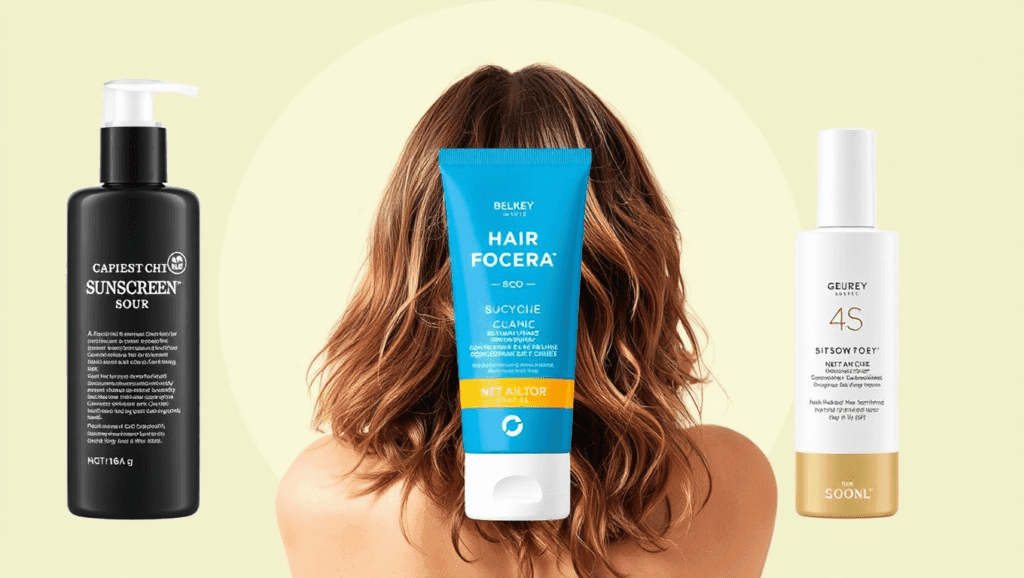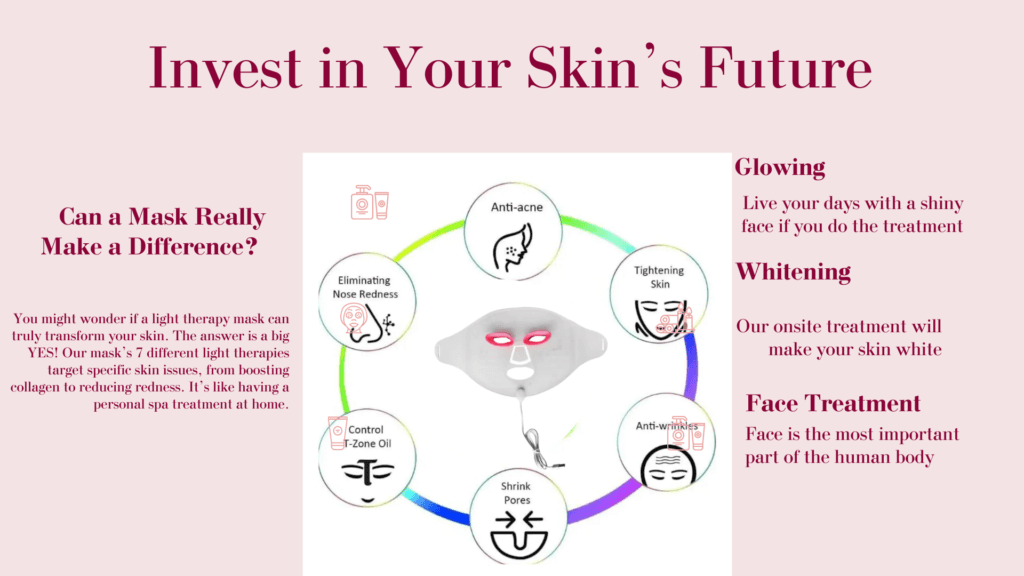Hair Moisturizer Tips: The Science of Healthy, Hydrated Hair

The Basics of Hydration Hair
Hydration of the hair is a charmed circle which involve ensuring that the balance of moisture within each individual hair shaft. Today at Harry Josh Pro Tools, we see so many of our clients searching for solutions to dry and brittle hair even after using a variety of products. It all comes from understanding how an MOISTURISER WORKS at a molecular level with hair.
Hair fibers are divided into three layers: cuticle, cortex and medulla. Cuticle: the outermost layer responsible for hydration. If the hair is dehydrated, therefore the cuticle will rise and allow moisture to exit damaging your hair. Devoted hair moisturizers operate by securing those cuticles and also instilling hydration into the further layers.
So, What To Look For In A Good Hair Moisturizer?
Humectants: The Moisture Magnets
Humectants: These are essential substances found in hair moisturizers that absorb moisture from the air. These are some of the best humectants, however:
- Glycerin
- Hyaluronic acid
- Propylene glycol
- Aloe vera
- Honey
They create a moisture barrier surrounding the hair shaft to balance the moisture content of the hair during the day.
Emollients: These help lock in moisture
Emollients also play a vital role by building a protective film on and around the hair shaft. Professional hair moisturizers generally have:
- Argan oil
- Jojoba oil
- Shea butter
- Coconut oil
- Dimethicone
All of these ingredients function to ensure the moisture you apply does not evaporate & is lost, ensuring greater longevity in hydration
Wearing It Professionally
Hair moisturisers work best when applied in the right way. From our research, these steps provide the most successful outcomes:
- Begin with clean, damp hair
- Divide the hair into manageable parts
- Moisturizer (mid-shaft to ends)
- Perform downward strokes to distribute evenly
- Focus on areas that are damaged
Expert Advice: A patch test is a must before applying new hair moisturizers and ensure it suits your hair type.
How to Select the Right Moisturizer for Your Hair Type

Fine Hair
Like most lightweight moisturizers that we use, our hair needs the same thing. This hair type is best suited to water-based formulations with minimal oils. Look for products containing:
- Panthenol
- Light protein complexes
- Natural extracts
- Grapeseed and other lightweight oils
Thick or Coarse Hair
For those with thicker hair textures, a richer moisturizing formula will work far better. These types of hair can withstand and often need:
- Heavy butter combinations
- Multiple oil blends
- Deep conditioning agents
- Protein-rich ingredients
How pH Balance Affects Hair Moisturizing
Literature references scientific evidence to keep skin’s pH in check around 4.5-5. Find this helpful for moisturizer activity optimum. When the pH of hair is well-balanced:
The cuticle is flat and sealed
- Moisture retention improves
So + Product absorption grows - Smooth and glossy hair
Intensive Moisturizers
Protocols for Deep Conditioning
Daily moisturizers can only do so much; professional deep conditioning treatments have more impact.
- Dust on a lot of moisturizer
- Use a processing cap
- Heat on low for 15-20 mins
- Allow natural cooling
- Rinse with cool water
Weekly Maintenance Schedule:
Follow a regular moisturizing schedule:
Day 1: A deep conditioning treatment
Also: You apply moisturizer lightly on Day3
- Fifth Day: Treatment to prevent moisture
DAY 7: TESTING AND TWEAKING
Environmental Conditions and humidity retention

Environmental effects on hair hydration are key to understanding:
Climate Considerations
- Humid areas will use anti humidity sealers
- For dry climates: Randomly layer more moisturizer
- Humid weather: Additional protection against moisture loss
- Hot weather+try Lightweight but Moisturizers with Effectiveness
Protection Strategies
Follow these protective measures:
Use silk or satin pillowcases +
- Protect hair while swimming
- Minimize heat styling
- Use UV protection products
Mistakes you are making while moisturizing

Over-moisturizing
Slathering on moisturizer just as much can result in:
- Product buildup
- Limp, heavy hair
- Reduced styling capability
- Potential scalp issues
Under-moisturizing
Lack of Moisturisation leads to:
- Brittleness
- Breakage
- Split ends
- Dull appearance
Next Level Technology for Moisturising Hair
Advances in hair care science have delivered new ingredients and technologies:
- Nano moisturizing complexes
- Advanced moisture holding and release technology
- Bio-mimetic ingredients
- Moisture-sensing formulations
This allows for more efficient moisture retention and thus better conditioning effects.
Determining How Well You Are Moisturizing
Keep an eye on your hair for its moisture level:
- Elasticity
- Shine
- Manageability
- Breakage reduction
- Overall texture improvement
PRO: If you’re applying correctly, the results from good moisturization should be evident within 2-3 weeks.
Conclusion
But the art of moisturizing hair goes beyond merely applying a product directly on top of strands; it starts with grasping what ingredients mean for your specific hair type, as well as how to incorporate those products into your regimen. Using these little tips and tricks will help you get the most hydration for your hair while also helping to keep it there. Results are variable and your hair may require a more or less moisturising regime as it passes through the seasons and grows older (and what you wash it with changes).
Constant evaluation and adjustment of your moisturizing regimen will make sure that it is still effective, resulting in healing the hair. We recommend reaching out to a hair care professional if you’re interested in personalized product recommendations related to your specific hair type and concerns.


